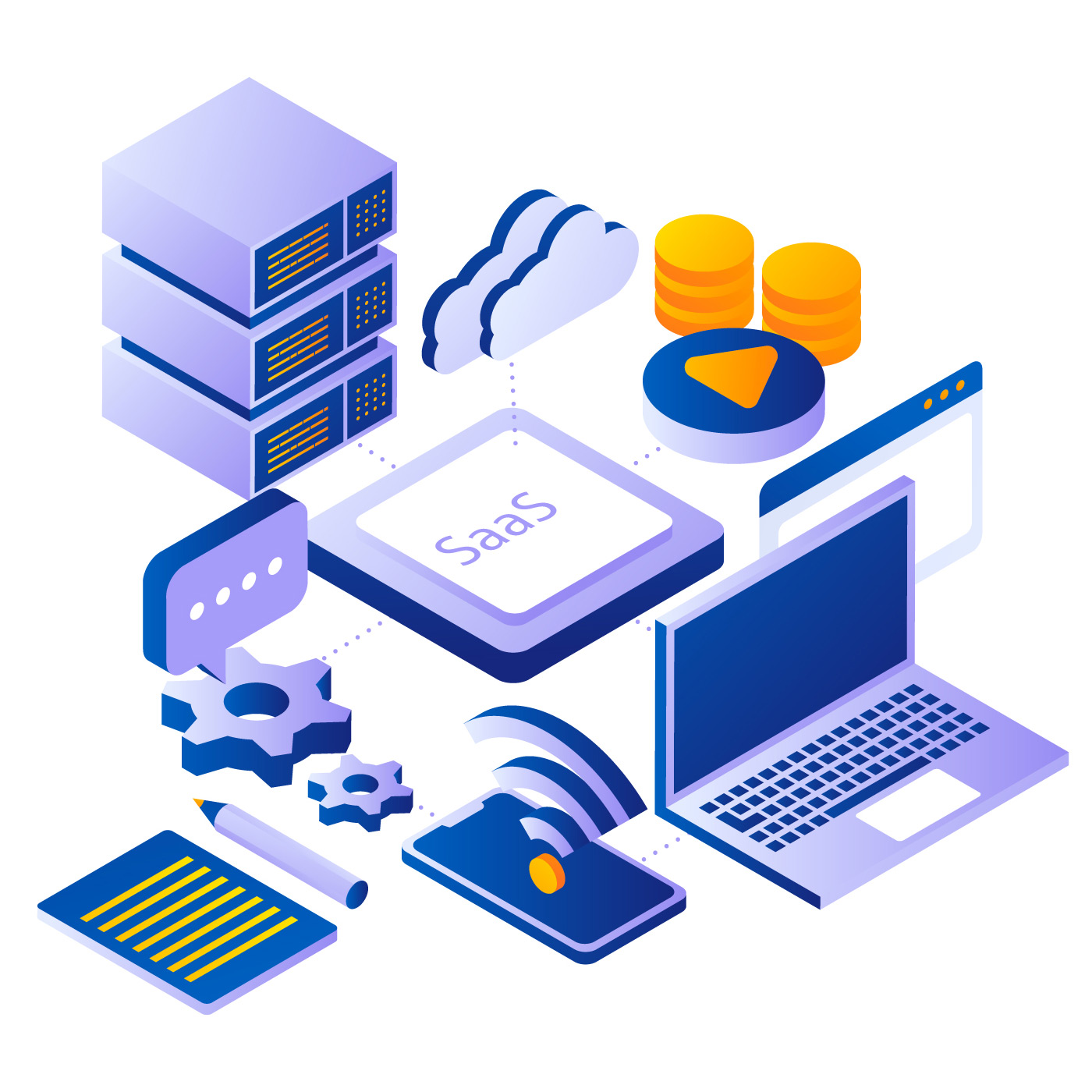HOW TO TURN YOUR STARTUP IDEA INTO A SCALABLE SAAS PRODUCT
Turning a startup idea into a successful SaaS product is exciting—but it can also be overwhelming. Many founders struggle with questions like: How do I validate my idea? Which technologies should I choose? How do I ensure my product can scale as my user base grows?
In this post, we’ll guide you step by step on how to transform your concept into a scalable SaaS solution, with practical tips to help you launch and grow successfully.
1. Validate Your Idea Before You Build
The first step is ensuring that your idea solves a real problem for real users. Conduct market research, interview potential customers, and analyze competitors. Validation will help you avoid wasting time and resources on a product no one needs.
Tips for validation:
- Run surveys and polls with your target audience.
- Create a simple landing page to gauge interest.
- Offer pre-signups or early access to measure demand.
2. Choose the Right Tech Stack
The technology you pick will determine the scalability and performance of your SaaS product. Consider both frontend and backend frameworks, as well as hosting and infrastructure.
Popular choices:
- Frontend: React, Vue.js, Angular
- Backend: Node.js, Laravel, Django, Ruby on Rails
- Database: PostgreSQL, MongoDB
- Cloud infrastructure: AWS, Google Cloud, Azure
- The goal is to select technologies that are reliable, maintainable, and capable of scaling as your user base grows.
3. Focus on User Experience (UX)
A great product isn’t just functional—it’s delightful to use. SaaS products that are intuitive, fast, and visually appealing have higher user retention.
UX tips:
- Streamline the onboarding process.
- Keep interfaces simple and consistent.
- Collect user feedback early and often.
4. Plan for Scalability
Scalability should be built into your architecture from the start. Use modular, decoupled systems and microservices to handle growing traffic and complex features. This prevents costly rewrites later and ensures your SaaS can handle an expanding user base.
Key considerations:
- Load balancing and caching strategies
- Horizontal scaling for backend services
- Efficient database design
5. Launch, Measure, and Iterate
Start with a Minimum Viable Product (MVP) to test the market quickly. Gather analytics, track user behavior, and prioritize feature improvements based on real feedback.
Best practices:
- Monitor performance and uptime.
- Implement A/B testing for new features.
- Maintain a product roadmap but stay flexible.
Building a scalable SaaS product requires planning, strategy, and execution. By validating your idea, choosing the right tech stack, prioritizing user experience, and planning for growth, you can create a product that not only works but thrives in the market.
Have a startup idea you want to bring to life? Contact us to build a scalable SaaS solution that grows with your business.

